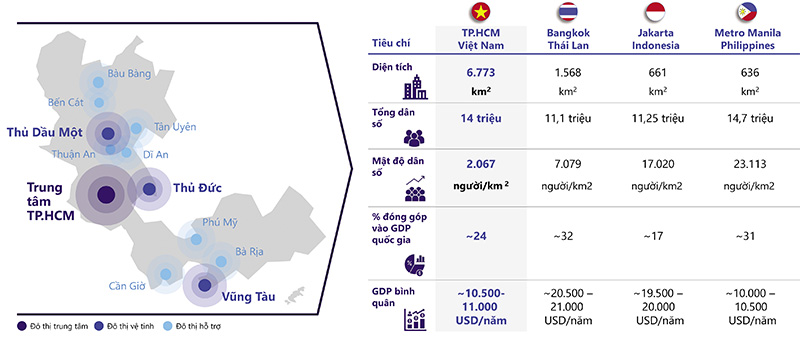 |
| Source: Roland Berger |
Consolidate position
On July 1, 2025, Ho Chi Minh City, Binh Duong and Ba Ria - Vung Tau officially merged, forming Vietnam's first megacity - the expanded Ho Chi Minh City. This merger is not simply an expansion of administrative boundaries, but lays the foundation for a new, multi-center, integrated and sustainable development model, creating the premise for Ho Chi Minh City to rise to become a leading urban area in the region.
With an area of 6,772 km2, a population of about 14 million people and an economic scale exceeding 100 billion USD, Ho Chi Minh City has not only become the largest economic center in the country, but also possesses the largest system of seaports, logistics, and industrial parks in Vietnam.
After the merger, Ho Chi Minh City has strategic advantages in terms of location, including being adjacent to the sea, adjacent to an international airport and a large port cluster, located on global economic corridors. These conditions not only expand trade and investment opportunities, but also bring competitive strength, consolidating Ho Chi Minh City's position as a counterweight to major cities in the region and internationally.
New development opportunities
The merger will create a completely new development space for Ho Chi Minh City, with the ability to closely connect production, services, logistics and innovation. There are three main groups of opportunities that will act as driving forces for development in the coming period.
Group 1 is to develop high-tech industries and focus on the upstream value chain of Ho Chi Minh City. This is an opportunity for Ho Chi Minh City to reshape key industries in the direction of expanding the value chain upstream and developing in depth into stages with high added value. The city needs to establish a clear role for each locality in the overall regional planning. Establishing industry clusters with specific development incentives will be the key to optimizing the competitive advantages of each region, promoting the formation of a production - service ecosystem capable of providing solutions in the high-value segment.
Research and application of science and technology must be promoted so that technical advances can be quickly applied to key industries with high added value. Strengthening the supporting industrial ecosystem, perfecting segments in the automobile value chain and closely connecting with the global supply network will help Ho Chi Minh City expand its influence in key industries.
With the advantage of oil and gas resources, long coastline and favorable meteorological conditions, Ho Chi Minh City can completely shift to a carbon-neutral energy production model. This orientation not only creates momentum for the City to become the leading renewable energy center in Vietnam, but also lays the foundation to expand and attract large energy corporations in the world to participate in the Net Zero strategy until 2050. The combination of high-tech industrial development with green energy will affirm the position of the new megacity on the regional and global economic map.
Group 2 is an opportunity to build a service ecosystem associated with the International Financial Center, promoting innovative technology. In the service sector, expanded Ho Chi Minh City has favorable conditions to develop into a large-scale value-added service center, thanks to the concentration of urban population, modern infrastructure, and seamless maritime - port - industrial logistics network. The core of this strategy is to build an International Financial Center as a hub for providing high-end financial services to domestic and regional enterprises.
Surrounding the International Financial Center is a supporting service ecosystem including high-quality education, international healthcare services, and a green technology center - forming a multi-industry service cluster "1+3". If implemented effectively, this service cluster will help upgrade urban living standards, attract global businesses, and gradually affirm the position of expanded Ho Chi Minh City as a leading service city in Southeast Asia.
In parallel with service development, the emergence of the new megacity creates the premise for a regional innovation ecosystem. Not limited to the old Ho Chi Minh City, this network will spread to industrial centers, seaports and new urban areas in the old Binh Duong and the old Ba Ria - Vung Tau. The network of universities, research institutes and technology enterprises will be closely connected with synchronous digital infrastructure such as 5G networks, data centers and R&D clusters - creating favorable conditions for research, product testing and application of new technologies.
This integration of innovation spaces helps shorten product development cycles, promoting collaboration between research, manufacturing and logistics sectors - an essential foundation for attracting investment capital and high-quality human resources internationally.
Ho Chi Minh City also has the potential to benefit from the marine tourism ecosystem, becoming a tourist destination with large-scale entertainment areas, regional festivals and events, and a high-class resort system.
Group 3 is an opportunity to develop the marine economy through a chain of urban - economic - marine tourism with 3 main pillars.
Ho Chi Minh City is facing the opportunity to form a modern and innovative maritime economic center with leading influence in Vietnam and the region. The focus of this orientation is to develop the Cai Mep - Thi Vai and Can Gio International Transit Port Cluster into a strategic maritime hub, while implementing models of free trade zones and integrated coastal economic zones between Vung Tau, Can Gio and Con Dao. On that foundation, the City will lead growth and innovation in four key industries including port services and logistics, green technology, marine finance and supporting industries.
Ho Chi Minh City also has great potential to develop marine ecotourism in the Ho Tram and Binh Chau areas, closely connected with the Can Gio Biosphere Reserve. The intersection between mangrove ecosystems, coastal landscapes and local culture offers diverse experiences from nature exploration to nightlife, meeting the needs of domestic and foreign tourists.
The new coastal city promises to become a livable destination with fresh air, pristine nature and an ideal tropical climate. Marine park projects, urban green spaces and sustainable infrastructure create a high quality of life, affirming the position of Ho Chi Minh City as a civilized and friendly coastal city.
Through the above development pillars, the new scale of Ho Chi Minh City also requires a completely different urban development mindset: multi-center governance, digital technology integration and ensuring long-term quality of life.
An immediate priority is to build smart urban management infrastructure, including a real-time traffic management system, an automated environmental quality monitoring platform, and infrastructure supporting electric vehicles (charging stations, smart parking lots). At the same time, the city government can promote sustainable development standards: expanding green space, developing buildings that meet energy-saving standards, and enhancing resilience to natural disasters and climate change.
The long-term goal is to create a reliable living environment for residents and investors, helping Ho Chi Minh City better adapt to future fluctuations.
Vision of future opportunities
The establishment of the expanded Ho Chi Minh City is a historic milestone, opening up opportunities for comprehensive restructuring of industry, services, logistics, marine economy and smart urban areas on a regional scale. However, the large scale also comes with challenges in governance, planning and resource mobilization. To be successful, Ho Chi Minh City needs a long-term development roadmap, based on regional coordination, improving the investment environment, and applying technology for effective governance.
If it takes full advantage of new conditions and carries out drastic reforms, Ho Chi Minh City is fully capable of becoming the leading industrial, service and logistics center in Southeast Asia, leading the next growth cycle of Vietnam.
Source: https://baodautu.vn/co-hoi-ngan-nam-co-mot-cho-tphcm-d340179.html


![[Photo] Unique art of painting Tuong masks](https://vphoto.vietnam.vn/thumb/1200x675/vietnam/resource/IMAGE/2025/11/14/1763094089301_ndo_br_1-jpg.webp)
![[Photo] Unique architecture of the deepest metro station in France](https://vphoto.vietnam.vn/thumb/1200x675/vietnam/resource/IMAGE/2025/11/14/1763107592365_ga-sau-nhat-nuoc-phap-duy-1-6403-jpg.webp)




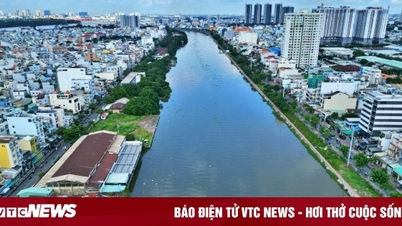

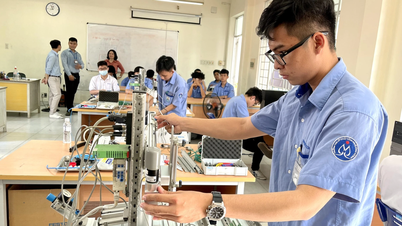

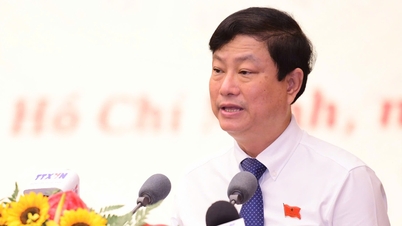

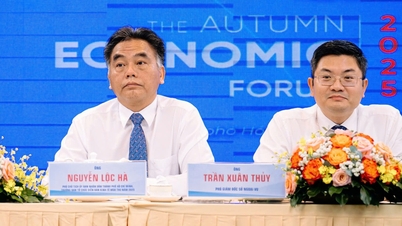
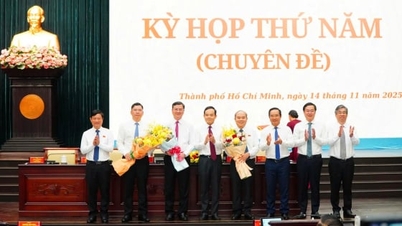





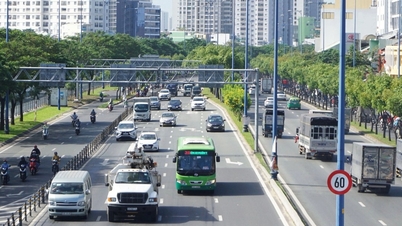
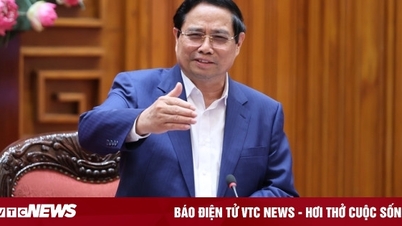








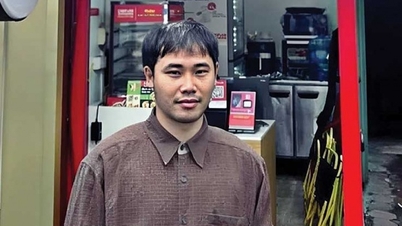
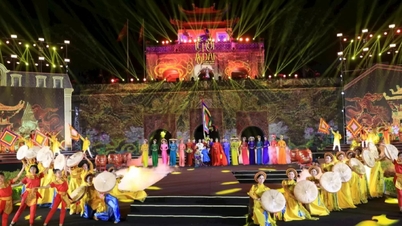
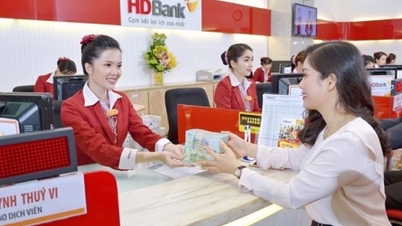

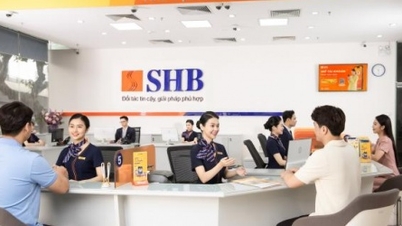

![[Photo] Special class in Tra Linh](https://vphoto.vietnam.vn/thumb/1200x675/vietnam/resource/IMAGE/2025/11/14/1763078485441_ndo_br_lop-hoc-7-jpg.webp)


















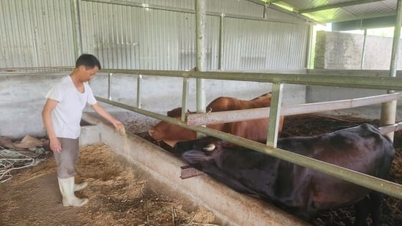


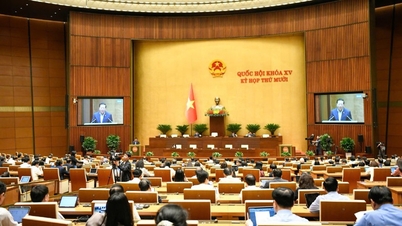










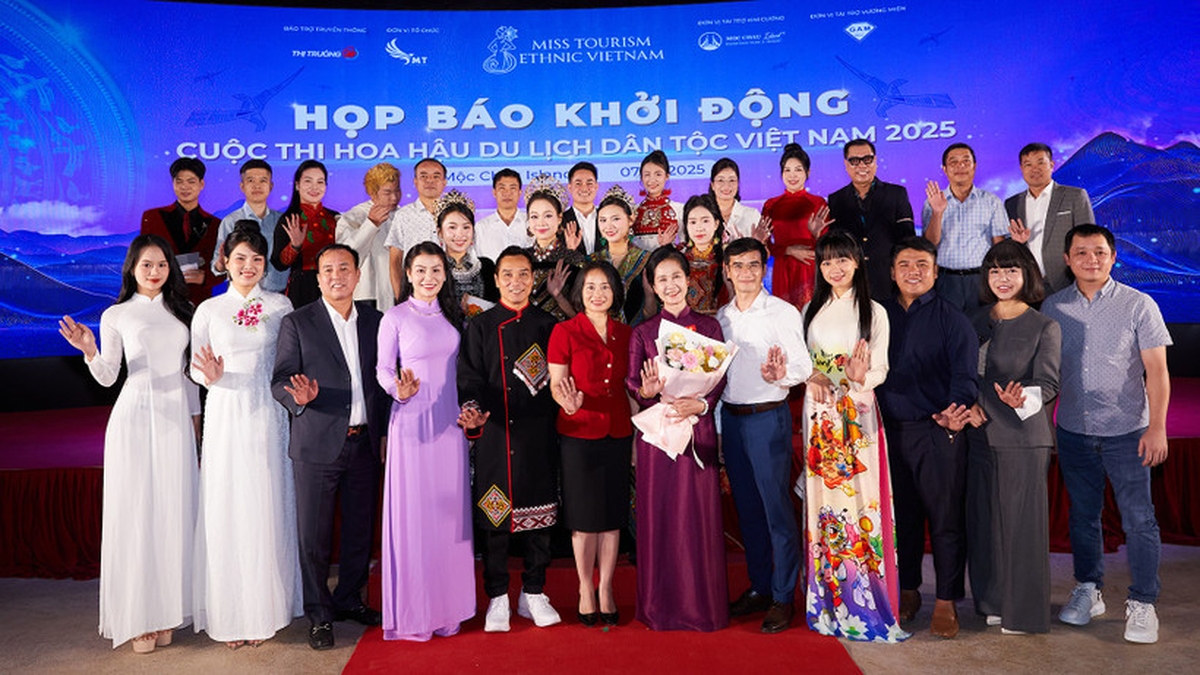



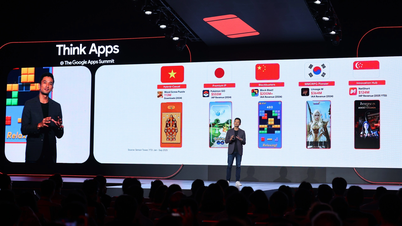

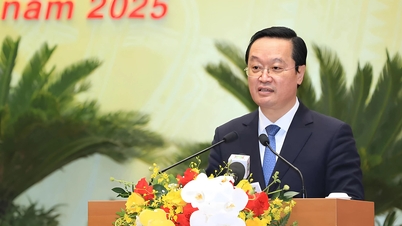


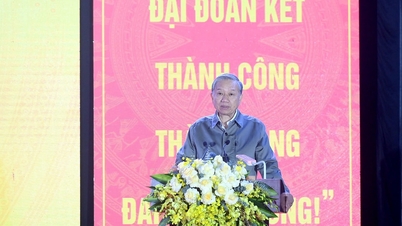

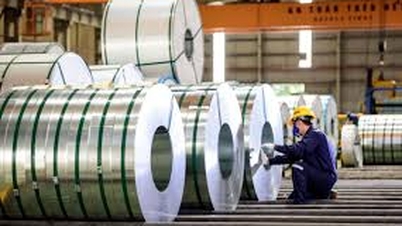


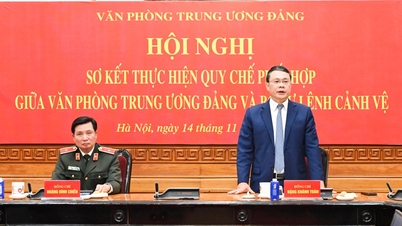




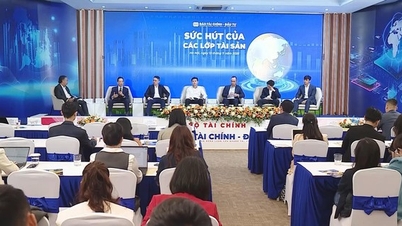
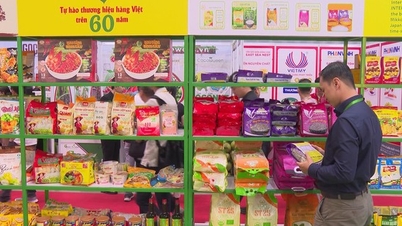


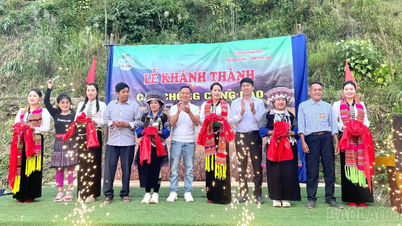

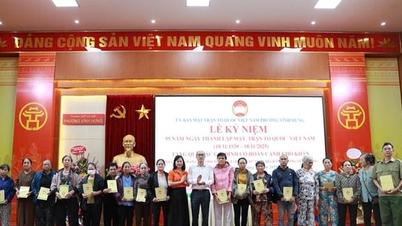


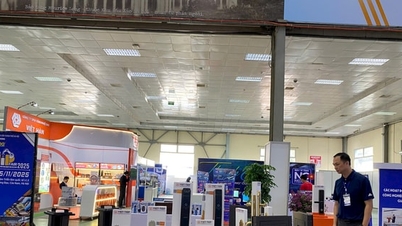

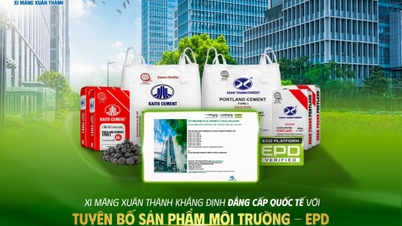
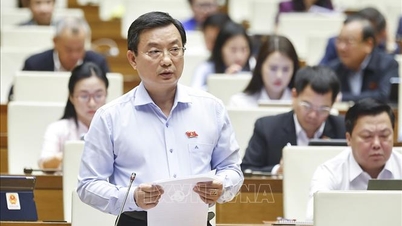





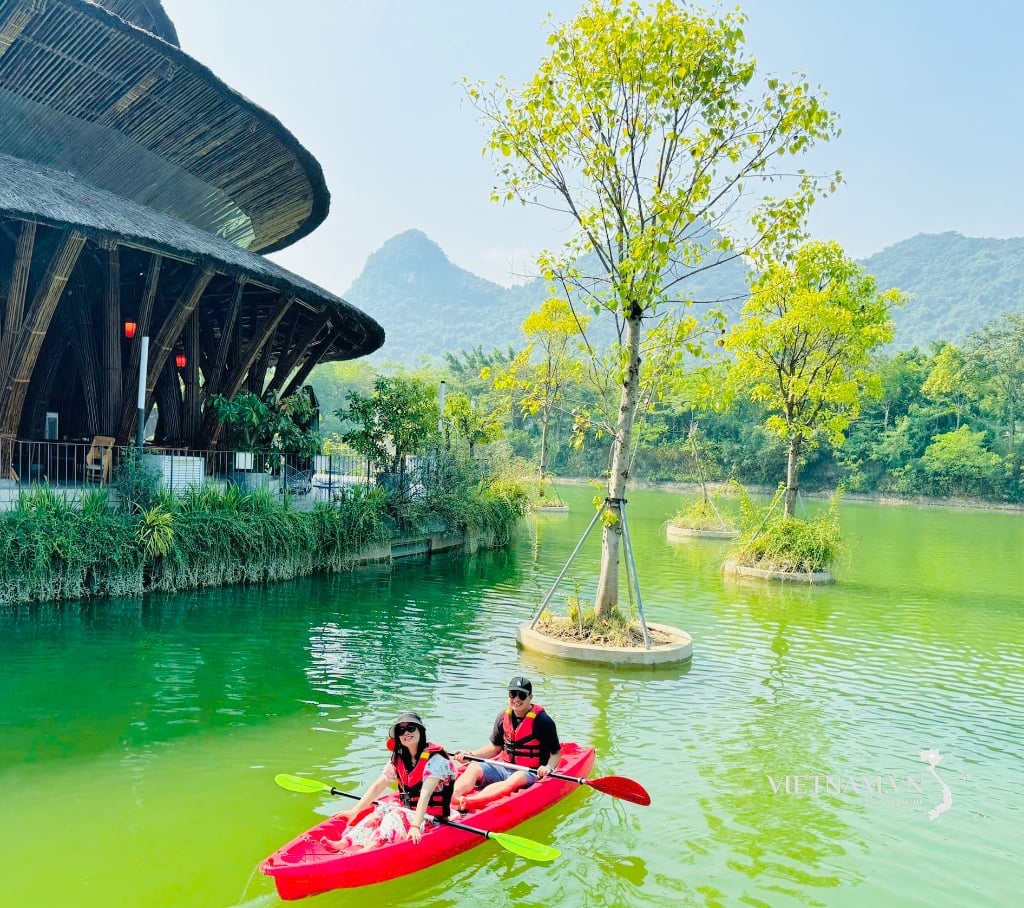

Comment (0)